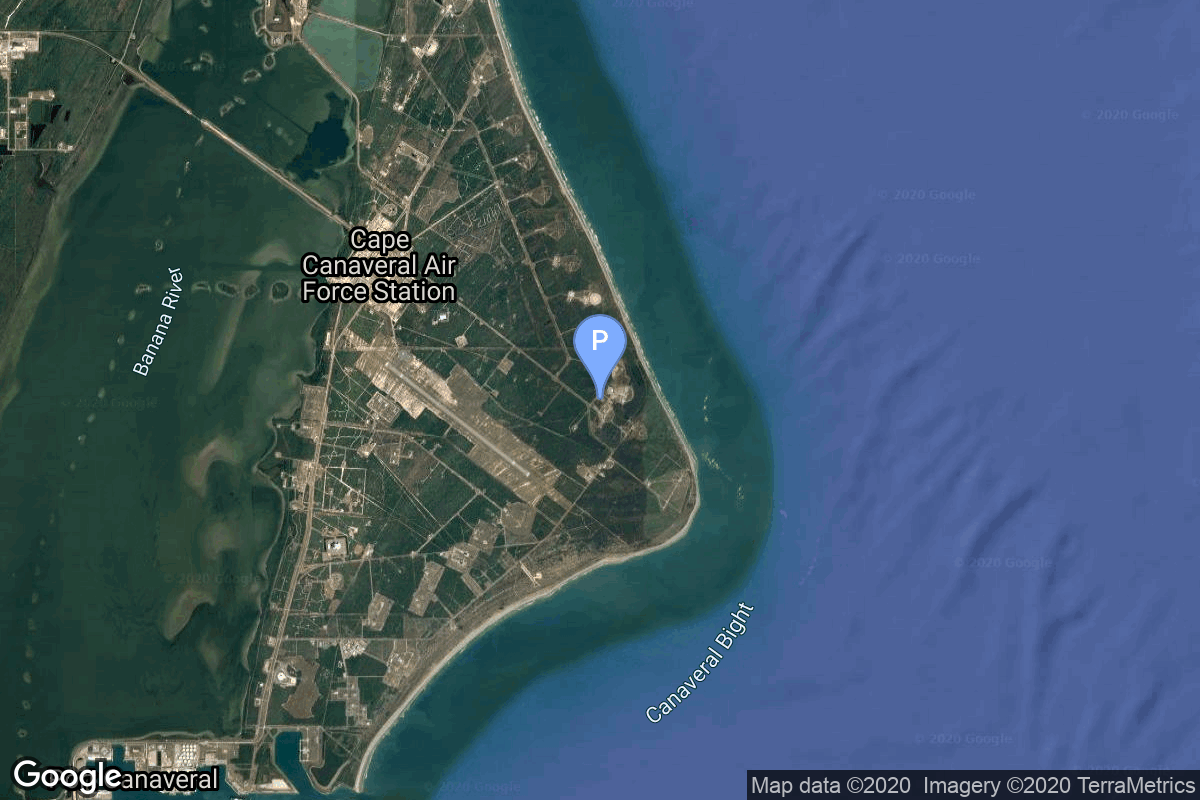Eutelsat W3
Atlas IIAS
Lockheed Martin
Mission
Eutelsat W3
- Type: Communications
- Orbit: Geostationary Orbit
The W satellites are designed to provide telecommunications services primarily over Europe (Eutelsat W2, W3 and W5) and communication services over Russia and Africa (W4). W2, W3 and W5 are designed to offer 24 transponders at saturation and W4 is designed to provide 31 transponders at saturation. The W satellites have a minimum operational lifetime of 12 years. The spacecraft are based on the Spacebus-3000B2 platform.
Location
Launch Complex 36A
Cape Canaveral, FL, USA
Launch Complex 36A has witnessed the launch of 68 rockets, including 68 orbital launch attempts, while Cape Canaveral, FL, USA, has been the site for 940 rocket launches.
Rocket
Lockheed Martin Atlas IIAS
Atlas II was a member of the Atlas family of launch vehicles, which evolved from the successful Atlas missile program of the 1950s. It was designed to launch payloads into low earth orbit, geosynchronous transfer orbit or geosynchronous orbit. Sixty-three launches of the Atlas II, IIA and IIAS models were carried out between 1991 and 2004; all sixty-three launches were successes, making the Atlas II the most reliable launch system in history.
Agency
Lockheed Martin
Lockheed Martin’s Space Division started in the production of missiles and later ICBM’s in the 1950s. Their TITAN missile system was used for 12 Gemini spacecraft and the Voyager probes. They have worked largely in collaboration with NASA on many of their probes, landers, and spacecraft, and hope to play a key role in NASA’s return to the moon in 2024.
